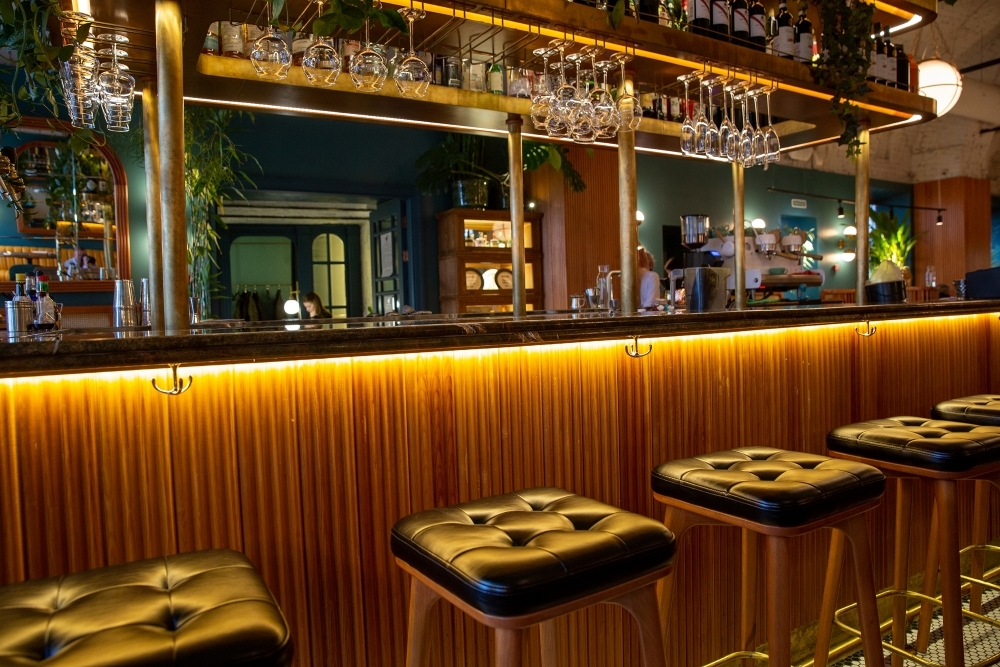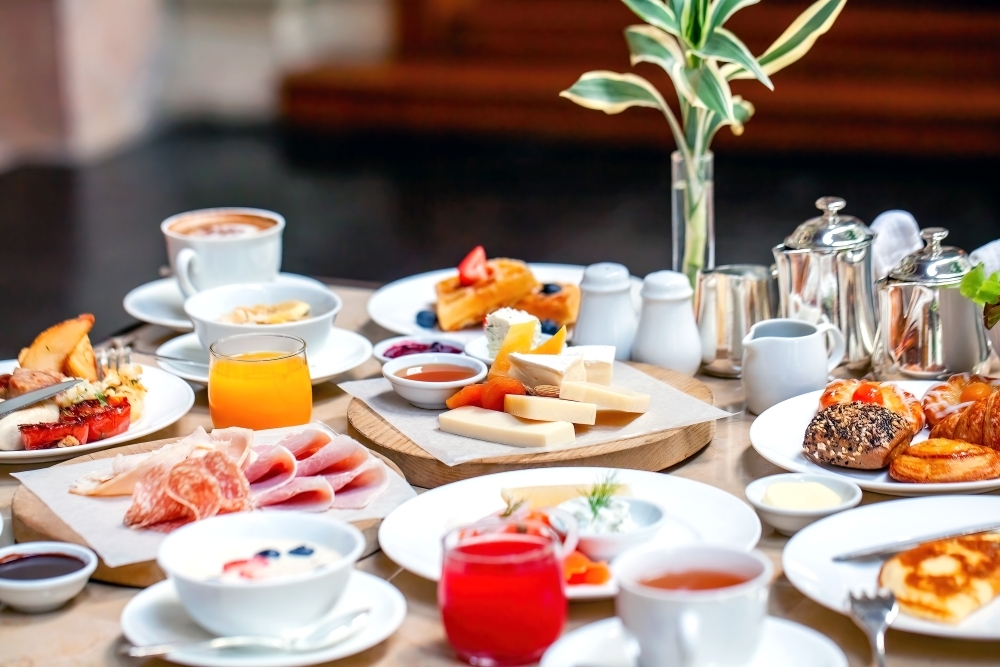The Mysterious, Majestic & Magnificent St James’ Palace
Although it once was the principal royal residence, the palace still houses famous members of the Royal Family and holds ceremonial meetings. Having so much historical significance and the intriguing nature St James’ Palace holds over many, it is an extremely important building, previously showcasing some of the most important events of the past. Many observe the magnificent building as a mystery, not knowing what it is, who lives there and the significance of the Tudor architecture. St James’ Palace is the most senior royal palace in England and is located in the City of Westminster, a region of London known for its tourist attractions and historical importance throughout time. With endless stories, and lines of King and Queens residing here, we have delved into the details of the palace, to answer the many mysteries there are.

The location of St James’ Palace illustrates the importance of the court. Sat opposite St James’ Park, the palace is not too far away from its sibling, Buckingham Palace. As the original home of the British Monarchy, it is said to have set the first historical attributes to the City of Westminster when it was originally built by Henry VIII between 1531 and 1536. It was constructed on a site previously identified as a leper hospital that was dedicated to St James the Less. As it was built during Henry VIII’s reign, the building is designed with a Tudor architectural infrastructure. Much of its original red-brick structure building still survives to this day, even though a fire broke out in 1809, destroying parts of the palace. King Henry wanted the palace to be his residence away from his royal duties. His wife at the time, Anne Boleyn, lived with Henry during the period it was built and ready. To commemorate this, Henry VIII decided he wanted to carve his and his beloved Anne Boleyn’s initials into the fireplace. However, Anne had been executed before the initials could be fully carved.
Centuries of Royalty had St James’ Palace as their home away from and the working life. It was a home from 1531 all the way up until 1837 when Queen Victoria moved into Buckingham Palace. The many faces the palace has seen, cared for and housed is immense. St James’ Palace’s walls have seen events, stories and life changing moments take place across centuries. For example, Mary Tudor signed the treaty surrendering Calais in 1558 in the palace. It was here that troops were assembled and set out from Tilbury by Her Majesty. The palace has held many baptisms and births including those of Charles II, Mary of York and Queen Anne. Queen Elizabeth loved the palace so much that her wedding to Prince Albert was held there in 1840, in the Chapel Royal. Events continued to be hosted at the palace until the residence of William IV, who was the last sovereign to use it as his home.
The palace then became a home of justice and remains a Royal Court, but is also home to some of the current royals: Princess Anne, Princess Beatrice and Princess Alexandra. Despite not being open to the public, you can explore the palace grounds on different tours; you can also visit the adjoining Clarence House during August for a little glimpse of Royalty.
Another public event of note is the changing of the guard, which takes place several times a week and involves a procession from St James’s Palace to Buckingham Palace.. The Chapel Royal is also open to the public but only in the event of services, and the palace’s state apartments host numerous events, including functions for Royal Charities, throughout the year.
The interior of the palace is quite spectacular. Specifically, the majestic throne room is incredible. The room has two dominating features- the throne and the canopy of state sitting above it. The canopy is a tradition that has been carried since the middle ages and is placed over the throne to illustrate a protection of the sovereign sitting comfortably. The palace also contains the first purpose-built ballroom in any English Royal residence, ordered to be built by Princess Anne. The ballroom was heavily used during her annual cycle of Court balls, with magnificent ‘Royal parties’ like never seen before. Another incredible room was ordered by Queen Anne, who built a vast new council chamber. In this 48 ft long chamber, all of the walls are draped in beautiful tapestries and silver sconces. There is a council table covered in a carpet with thirty chairs, and one at the head of the table for the queen herself, positioned underneath a canopy. Over every reign, each sovereign has added a unique touch of their own to the palace, making their home their own. The result is a truly amazing piece of history, with so much detail in every room, and stories that many of us will never know.
As the most senior palace in the realm, the history of St James’ Palace is incredible. Some of its mysteries have been uncovered thanks to the opening of certain rooms for special occasions, and there is hope that more of it will be revealed to the public over time. There is plenty of history hidden behind the walls that will add to the rich history of one of the world’s most famous Royal families.



